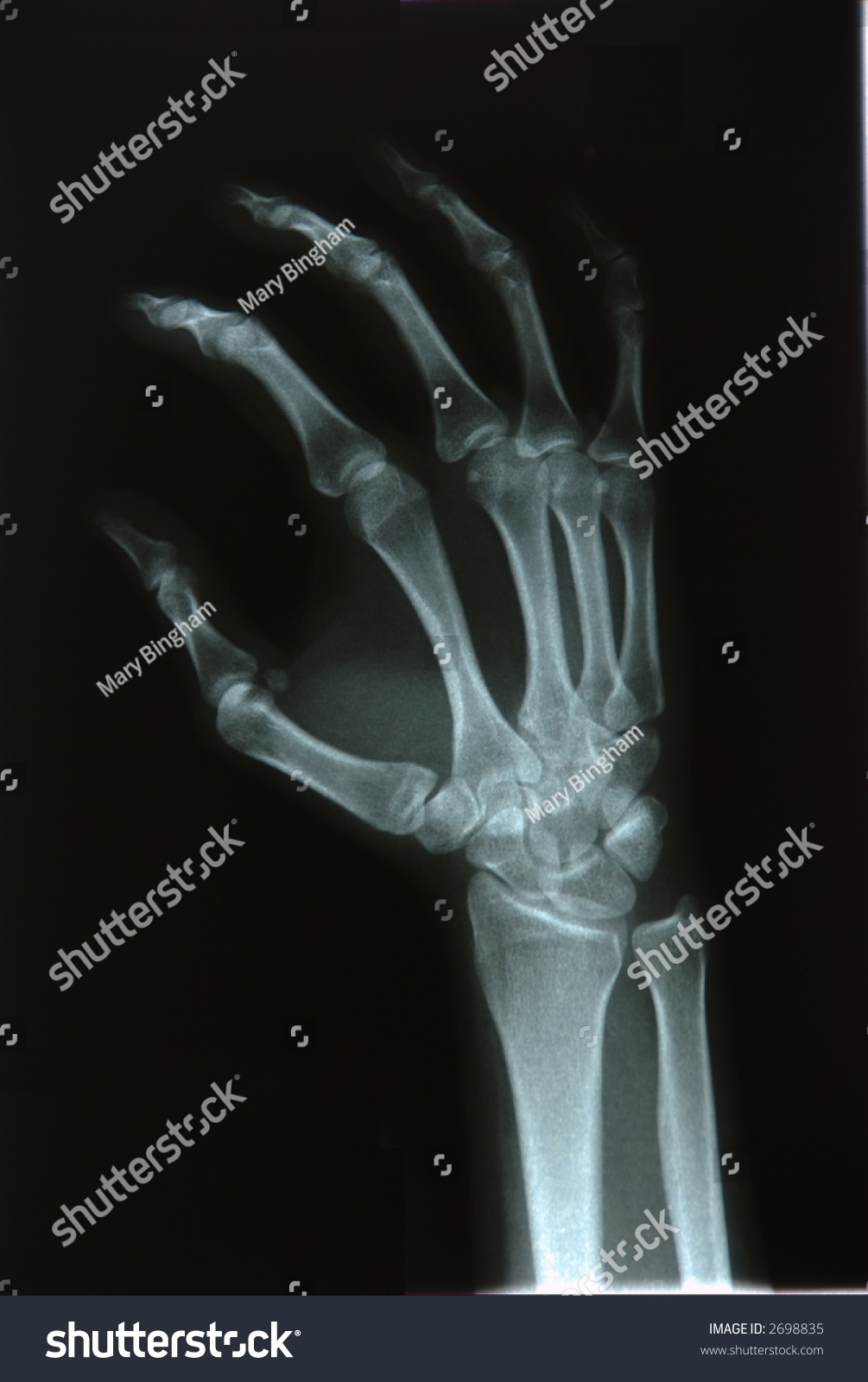5 Ways to Treat Bone Spurs in the Knee

Understanding Bone Spurs in the Knee

Bone spurs, also known as osteophytes, are small, abnormal growths of bone that can develop on the edges of joints, including the knee. These growths can be caused by a variety of factors, including osteoarthritis, tendonitis, and ligament sprains. Bone spurs in the knee can cause pain, stiffness, and limited mobility, making everyday activities challenging.
Causes and Risk Factors of Bone Spurs in the Knee

While bone spurs can occur in anyone, some individuals are more prone to developing them. The causes and risk factors of bone spurs in the knee include:
- Age: Bone spurs are more common in older adults, as the joints naturally degenerate over time.
- Osteoarthritis: This condition causes the cartilage in the joint to break down, leading to bone-on-bone contact and the formation of bone spurs.
- Injury: Trauma to the knee, such as a ligament sprain or tendonitis, can cause bone spurs to develop.
- Overuse: Repetitive strain on the knee joint, such as from running or jumping, can lead to bone spurs.
- Genetics: Some people may be more prone to developing bone spurs due to their genetic makeup.
Treatment Options for Bone Spurs in the Knee

Fortunately, there are several treatment options available for bone spurs in the knee. Here are five ways to treat this condition:
1. Physical Therapy

Physical therapy can help improve mobility and reduce pain associated with bone spurs in the knee. A physical therapist can create a customized exercise program to strengthen the muscles around the knee, improve flexibility, and promote proper alignment.
- Benefits: Improved mobility, reduced pain, and increased strength
- Duration: Several weeks to several months
- Cost: Varies depending on insurance coverage and location
2. Medications

Over-the-counter pain medications, such as acetaminophen or ibuprofen, can help alleviate pain and inflammation associated with bone spurs in the knee. In some cases, prescription medications may be necessary.
- Benefits: Quick pain relief, reduced inflammation
- Duration: Varies depending on the medication and individual response
- Cost: Varies depending on the medication and insurance coverage
3. Corticosteroid Injections

Corticosteroid injections can help reduce inflammation and relieve pain in the knee. These injections are typically administered by a healthcare professional and can provide temporary relief.
- Benefits: Reduced inflammation, pain relief
- Duration: Several weeks to several months
- Cost: Varies depending on insurance coverage and location
4. Lifestyle Modifications

Making lifestyle modifications can help alleviate symptoms of bone spurs in the knee. These modifications include:
Weight loss: Reducing weight can take pressure off the knee joint and alleviate pain.
Exercise modification: Avoiding high-impact activities and switching to low-impact exercises, such as cycling or swimming, can help reduce strain on the knee.
Proper footwear: Wearing supportive shoes can help reduce stress on the knee joint.
Benefits: Reduced pain, improved mobility
Duration: Long-term
Cost: None
5. Surgery

In severe cases, surgery may be necessary to remove the bone spur and repair any damaged tissue. Surgical options include:
Arthroscopic surgery: A minimally invasive procedure that uses a small camera and surgical tools to remove the bone spur.
Open surgery: A more invasive procedure that involves making an incision to access the knee joint and remove the bone spur.
Benefits: Permanent removal of the bone spur, improved mobility
Duration: Several weeks to several months
Cost: Varies depending on insurance coverage and location
⚠️ Note: Surgery should be considered a last resort, as it carries risks and complications. It's essential to discuss the pros and cons with a healthcare professional before making a decision.
As you can see, there are several treatment options available for bone spurs in the knee. It’s essential to consult with a healthcare professional to determine the best course of treatment for your individual needs.
The key takeaways from this article are:
- Bone spurs in the knee can cause pain, stiffness, and limited mobility.
- Treatment options include physical therapy, medications, corticosteroid injections, lifestyle modifications, and surgery.
- It’s essential to consult with a healthcare professional to determine the best course of treatment for your individual needs.
By understanding the causes and treatment options for bone spurs in the knee, you can take the first step towards alleviating symptoms and improving your overall quality of life.
What are the symptoms of bone spurs in the knee?

+
The symptoms of bone spurs in the knee include pain, stiffness, and limited mobility. You may also experience a grinding or catching sensation in the knee.
Can bone spurs in the knee be prevented?

+
While bone spurs in the knee can’t be completely prevented, you can reduce your risk by maintaining a healthy weight, exercising regularly, and avoiding high-impact activities.
What are the risks of surgery for bone spurs in the knee?

+
The risks of surgery for bone spurs in the knee include infection, bleeding, and nerve damage. It’s essential to discuss the risks and benefits with a healthcare professional before making a decision.



